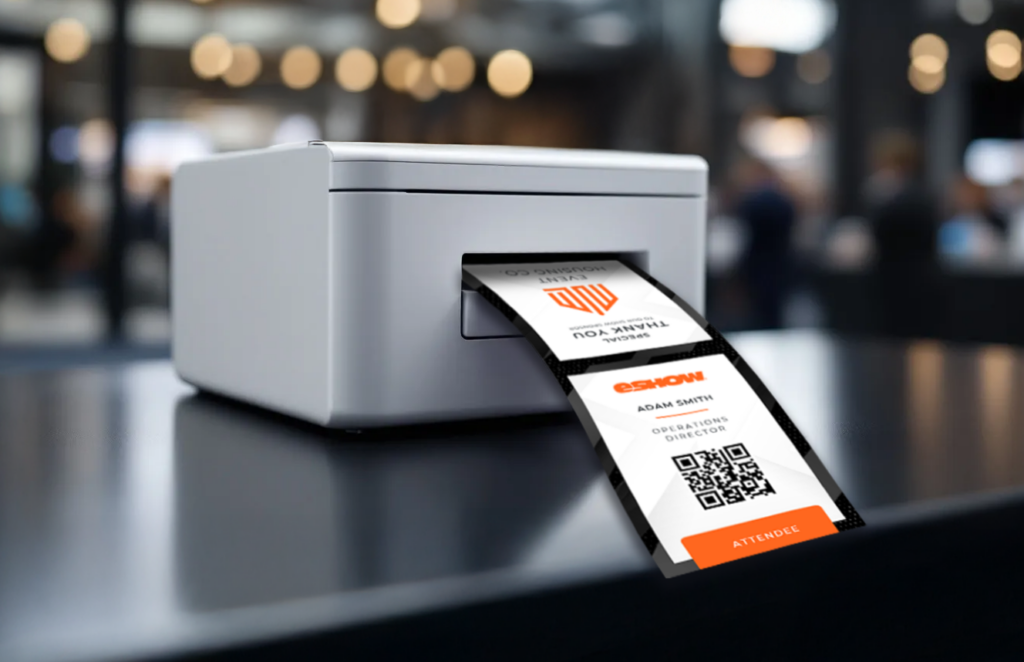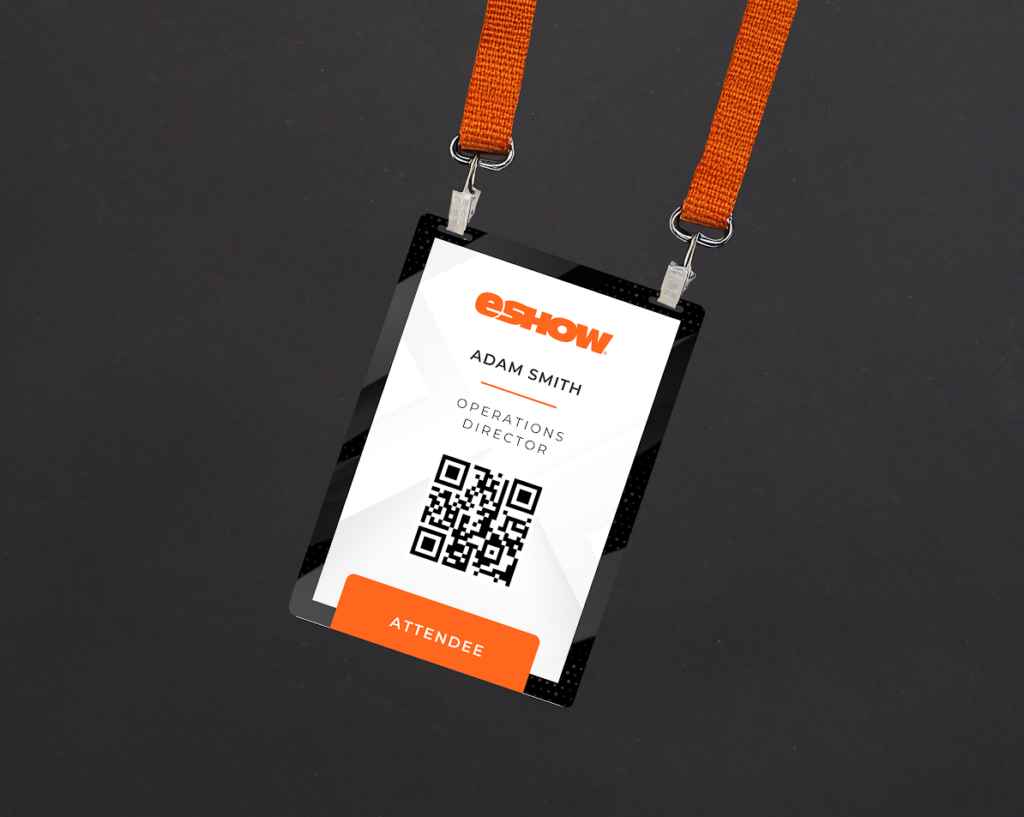Enhancing attendee engagement is crucial for the success of any event. Mobile apps have become an essential tool for achieving this goal, offering a wide range of features that improve the attendee experience and streamline event management. This blog post will explore the benefits of using mobile apps to enhance attendee engagement, showcasing how eShow’s mobile app can be a game-changer for your events.
The Importance of Attendee Engagement
Engaging attendees effectively can significantly impact the overall success of an event. High levels of engagement lead to increased satisfaction, better networking opportunities, and a higher likelihood of repeat attendance. Engaged attendees are more likely to participate in sessions, interact with exhibitors, and provide valuable feedback, contributing to the event’s success and growth.
Key Benefits of High Attendee Engagement
- Increased Satisfaction: Engaged attendees are more likely to have a positive experience, which can lead to higher satisfaction rates and positive word-of-mouth.
- Better Networking: Engagement tools facilitate interactions between attendees, speakers, and exhibitors, enhancing networking opportunities.
- Valuable Feedback: Engaged attendees are more likely to provide feedback, helping organizers improve future events.
Leveraging Mobile Apps for Enhanced Engagement
Mobile apps provide a comprehensive platform for managing various aspects of attendee engagement. Here are some key features and benefits of using mobile apps to enhance attendee experience:
Real-Time Updates and Notifications
Mobile apps allow organizers to send real-time updates and push notifications to attendees, ensuring they are always informed about important event details.
Benefit: Real-time updates keep attendees engaged by providing them with the latest information on session changes, speaker announcements, and special activities. This ensures that attendees do not miss out on important updates, enhancing their overall experience.
Actionable Tip: Schedule key notifications in advance for major sessions, keynote speakers, and special announcements. Use eShow’s Mobile App to send reminders 15-30 minutes before these events start. Additionally, during the event, monitor the schedule and attendee feedback to send spontaneous notifications about popular sessions, networking opportunities, or any last-minute changes. This proactive approach ensures that attendees are well-informed and can adjust their plans accordingly, maximizing their engagement.
Personalized Schedules
Feature: Mobile apps enable attendees to create personalized schedules by selecting sessions and activities they are interested in.
Benefit: Personalized schedules help attendees manage their time effectively and ensure they attend the sessions that matter most to them. This level of customization enhances the attendee experience by catering to individual preferences and needs.
Actionable Tip: Encourage attendees to download the mobile app and create their personalized schedules before the event. This not only helps them plan their day but also increases their engagement with the app.
Interactive Maps and Navigation
Feature: Mobile apps often include interactive maps and navigation tools that help attendees find their way around the event venue.
Benefit: Interactive maps enhance the attendee experience by making it easy to locate sessions, exhibitors, and amenities. This reduces frustration and helps attendees make the most of their time at the event.
Actionable Tip: Pre-load the interactive map with key locations such as session rooms, exhibitor booths, restrooms, food areas, and emergency exits. Use eShow’s Mobile App to allow attendees to search and filter these locations based on categories or keywords. Encourage attendees to use the “bookmark” or “favorite” feature to save important locations they plan to visit. Additionally, use push notifications to direct attendees to high-interest areas or sessions about to start, enhancing their ability to navigate the event efficiently. Providing an interactive map tutorial in your pre-event communications can also help attendees become familiar with the feature before they arrive.
Networking Tools
Feature: Mobile apps provide networking tools that enable attendees to connect with each other, speakers, and exhibitors.
Benefit: Enhanced networking opportunities help attendees build valuable connections, share knowledge, and collaborate. Networking tools such as chat features, attendee profiles, and meeting schedulers facilitate meaningful interactions.
Actionable Tip: Promote the networking features of the mobile app to attendees before the event. Encourage them to fill out their profiles and use the app to connect with others, maximizing their networking opportunities.
Gamification and Engagement Activities
Feature: Mobile apps can incorporate gamification elements, such as quizzes, scavenger hunts, and leaderboards, to engage attendees.
Benefit: Gamification adds an element of fun and competition to the event, motivating attendees to participate in activities and interact with the app. This increases engagement and encourages attendees to explore different aspects of the event.
Actionable Tip: Design a scavenger hunt that encourages attendees to visit different booths and sessions. Use eShow’s Mobile App to create interactive challenges where attendees earn points for completing tasks, such as checking into sessions, visiting exhibitors, or participating in polls. Offer attractive prizes for the top performers to motivate participation. Promote the scavenger hunt through push notifications and social media channels to ensure maximum participation. Additionally, display live leaderboards within the app to foster a competitive spirit and keep attendees engaged throughout the event.
Surveys and Feedback
Feature: Mobile apps allow organizers to collect real-time feedback from attendees through surveys and polls.
Benefit: Collecting feedback helps organizers understand attendee preferences and areas for improvement. Real-time feedback enables organizers to address issues promptly, enhancing the overall attendee experience.
Actionable Tip: Use the mobile app to send out surveys and polls during the event. Encourage attendees to provide feedback on sessions, speakers, and overall event experience, helping you gather valuable insights.
Best Practices for Implementing Mobile Apps
To fully leverage the benefits of mobile apps, event organizers should follow these best practices:
Promote the App Early
Promote the mobile app to attendees well in advance of the event. Provide clear instructions on how to download and use the app. Highlight the key features and benefits to encourage adoption.
Example: Use email campaigns, social media posts, and the event website to promote the mobile app and its features.
Provide Training and Support
Offer training and support to help attendees and exhibitors make the most of the mobile app. Provide tutorials, FAQs, and a support team to assist with any issues.
Actionable Tip: Host a pre-event webinar to demonstrate how to use the mobile app. This helps attendees become familiar with the app’s features and increases engagement.
Regularly Update Content
Keep the app content updated with the latest event information. Regularly update session details, speaker bios, and exhibitor information to ensure attendees have access to accurate and up-to-date content.
Example: Use eShow’s Mobile App to update content in real-time, ensuring attendees always have the latest information.
Encourage Interaction
Encourage attendees to interact with the app by highlighting its features and benefits. Use push notifications to remind attendees of upcoming sessions, networking opportunities, and engagement activities.
Actionable Tip: Create incentives for using the app, such as offering rewards or prizes for attendees who engage the most with the app’s features.
Enhancing Engagement with eShow’s Mobile App
Mobile apps are a powerful tool for enhancing attendee engagement and improving the overall event experience. By leveraging features such as real-time updates, personalized schedules, interactive maps, networking tools, gamification, and feedback collection, event organizers can ensure their attendees are fully engaged and satisfied.
eShow’s Mobile App offers a comprehensive solution for optimizing attendee engagement. By following best practices and making the most of the app’s features, you can create a memorable and successful event that attendees will want to return to year after year.For more information on how eShow’s mobile app can enhance your event, book a demo today.




